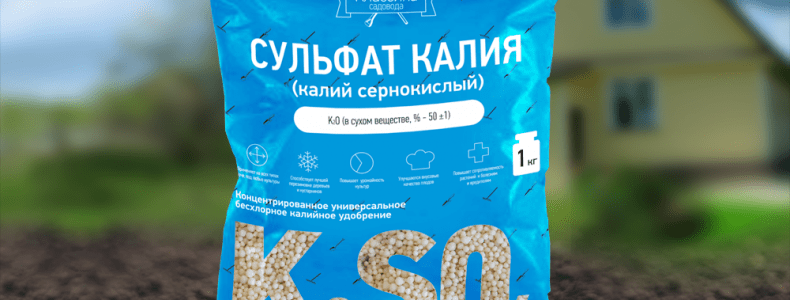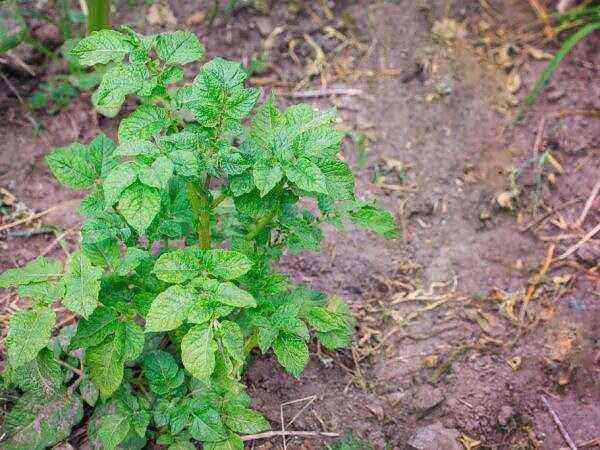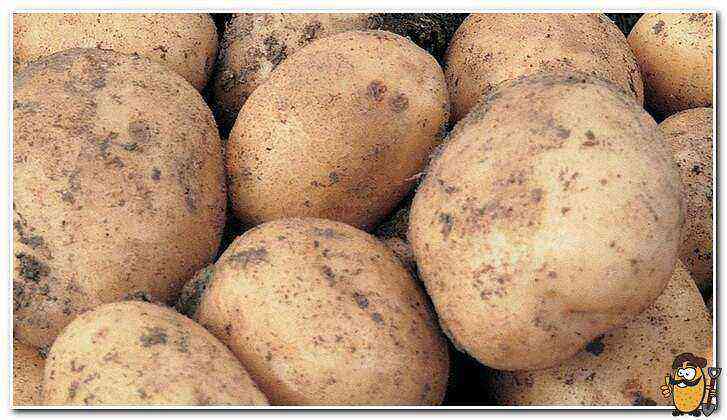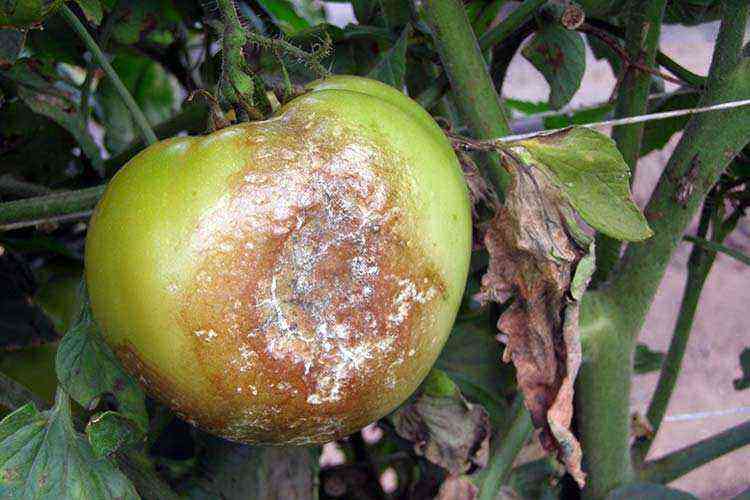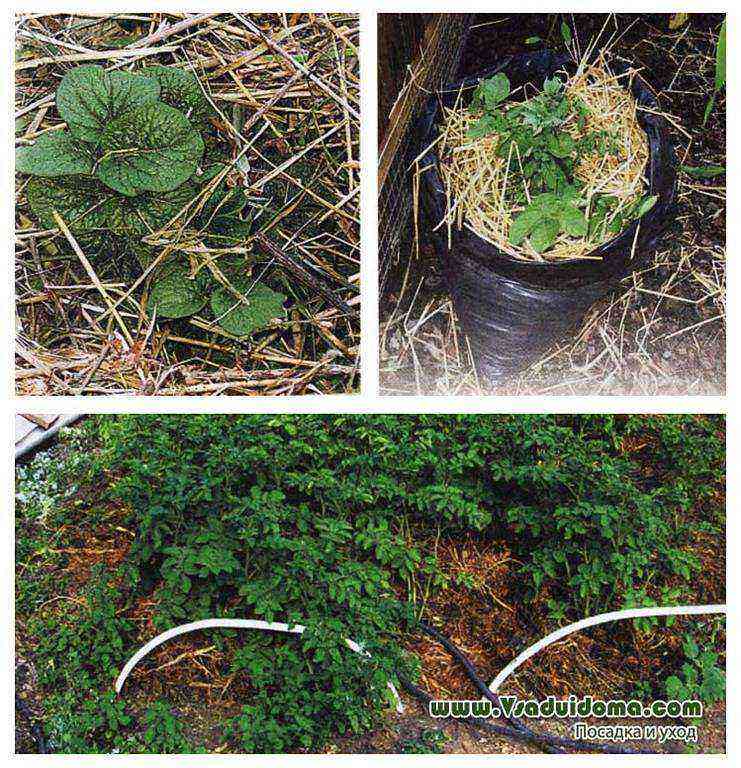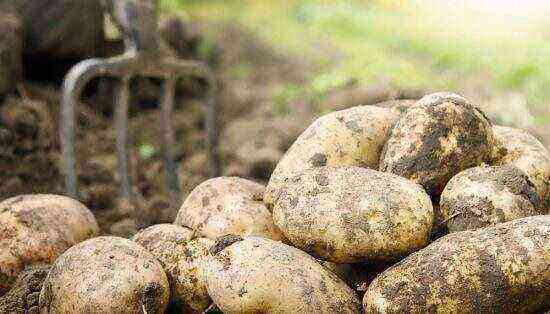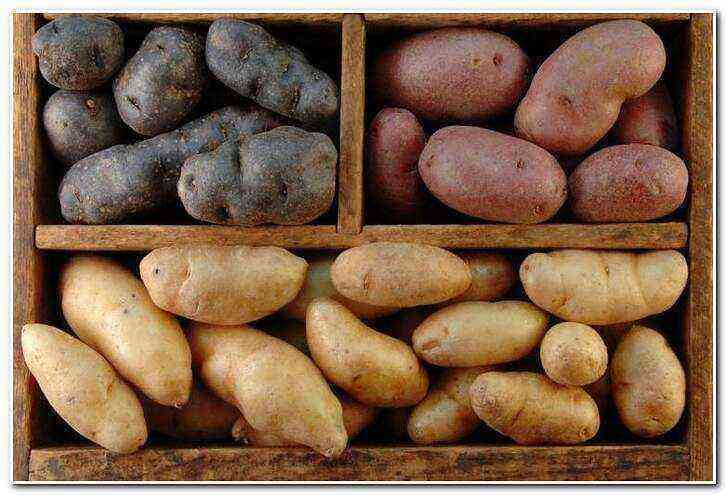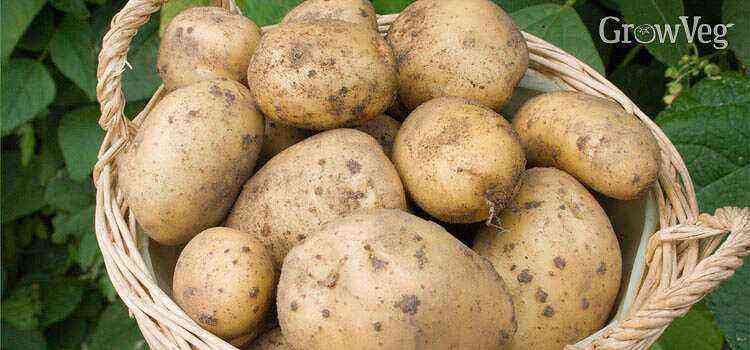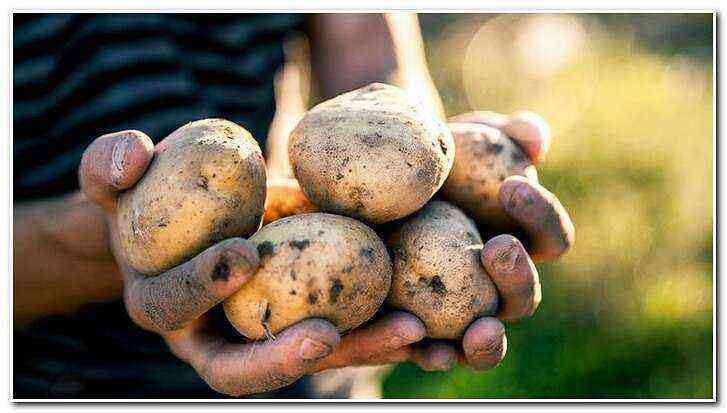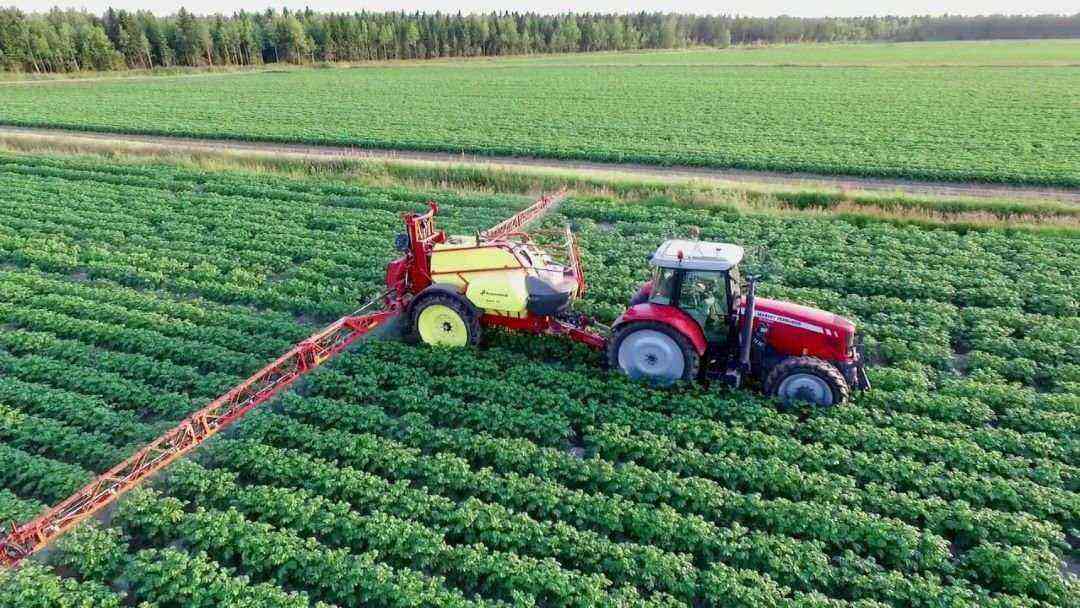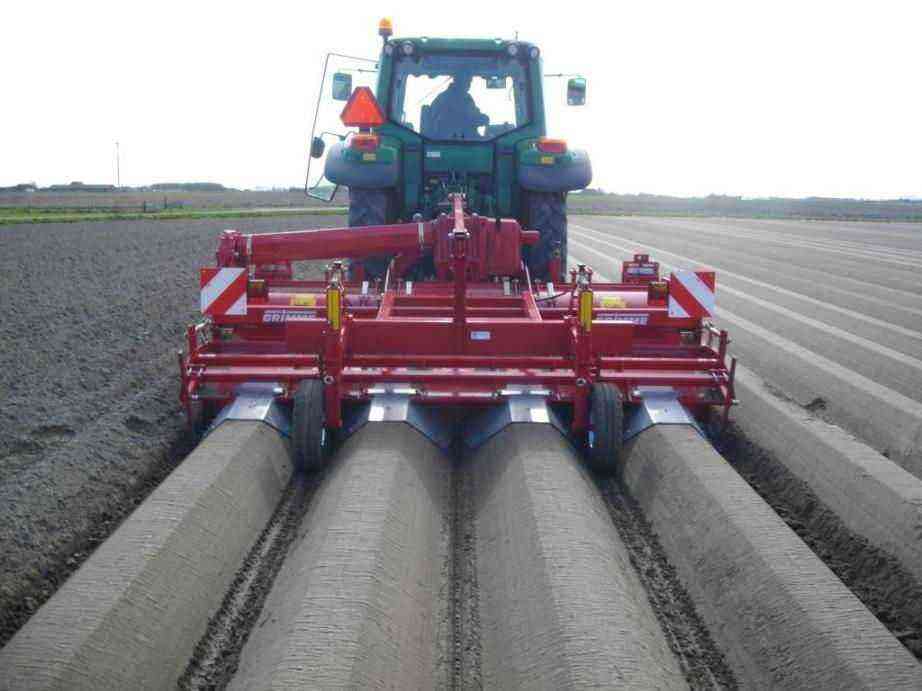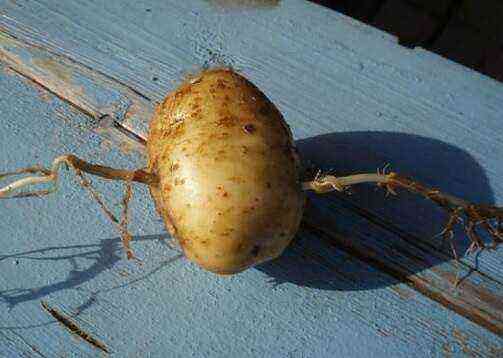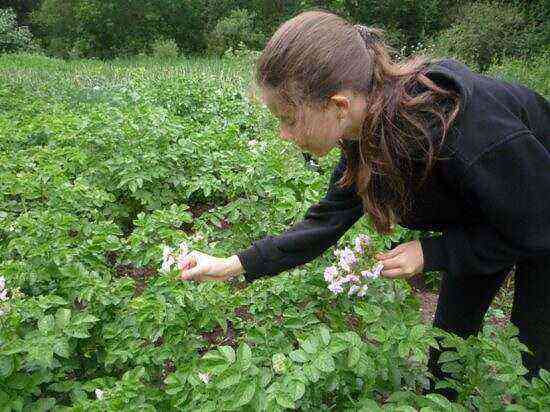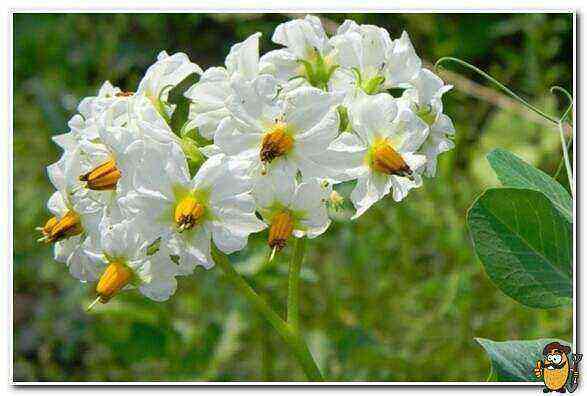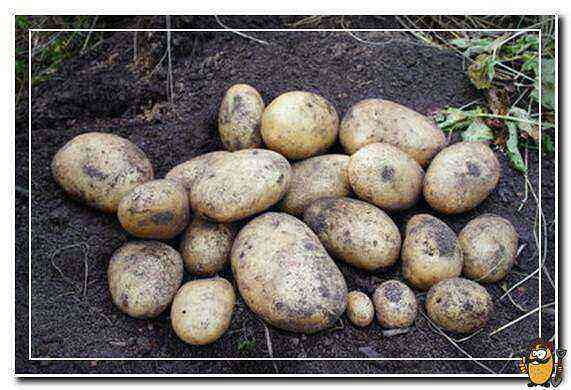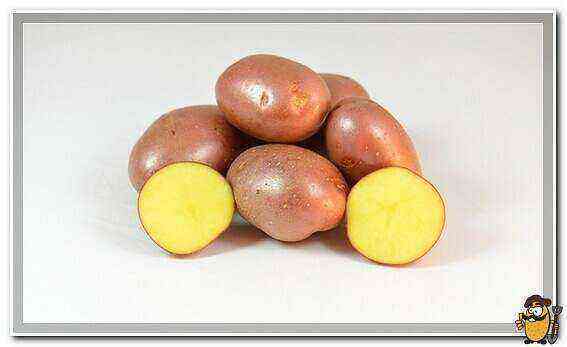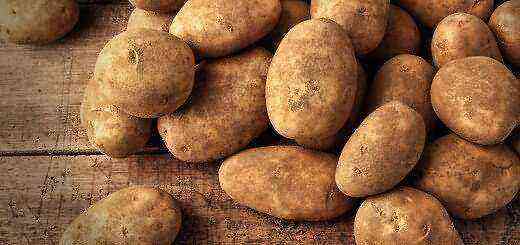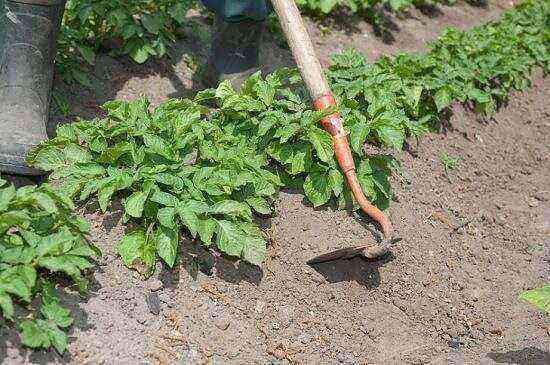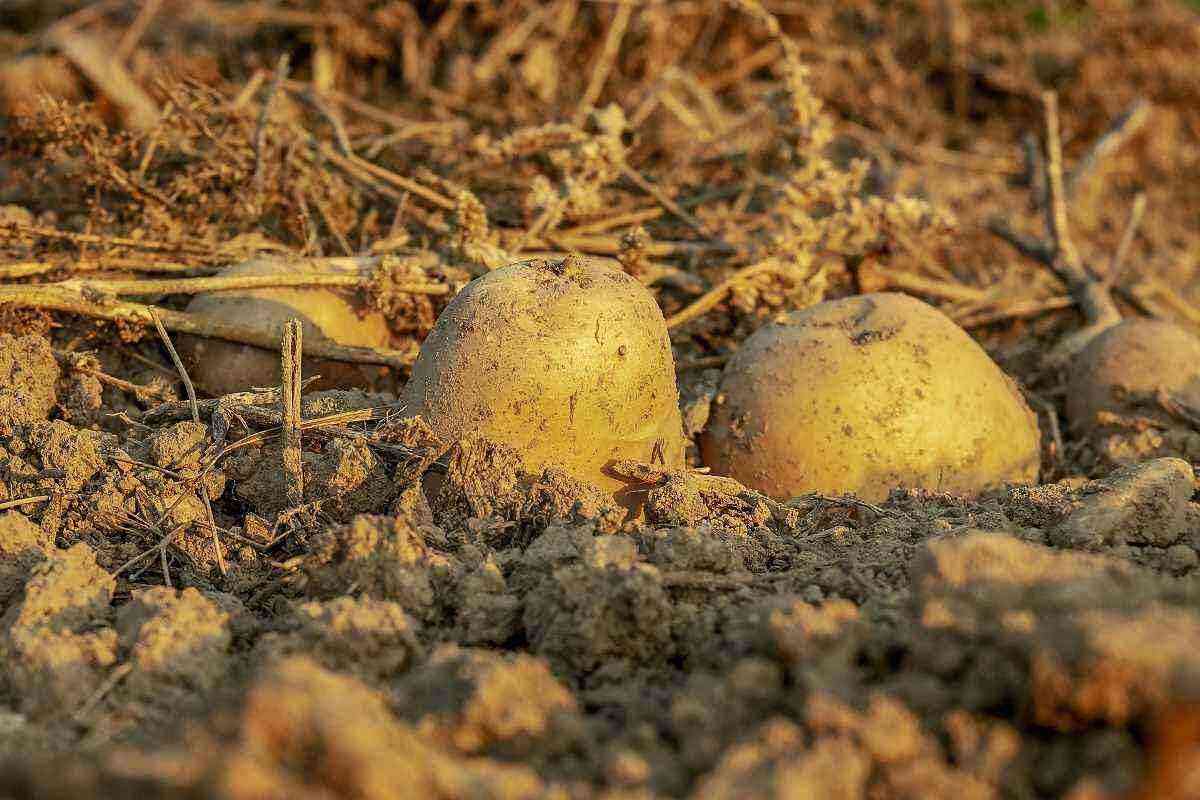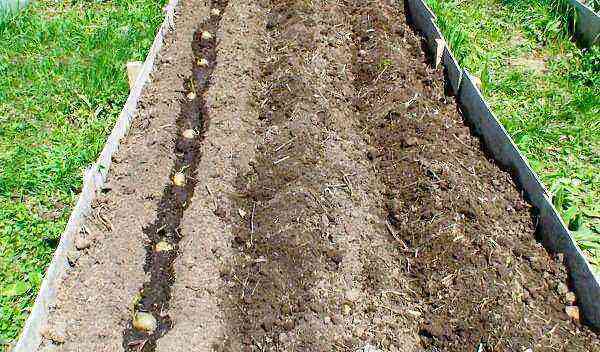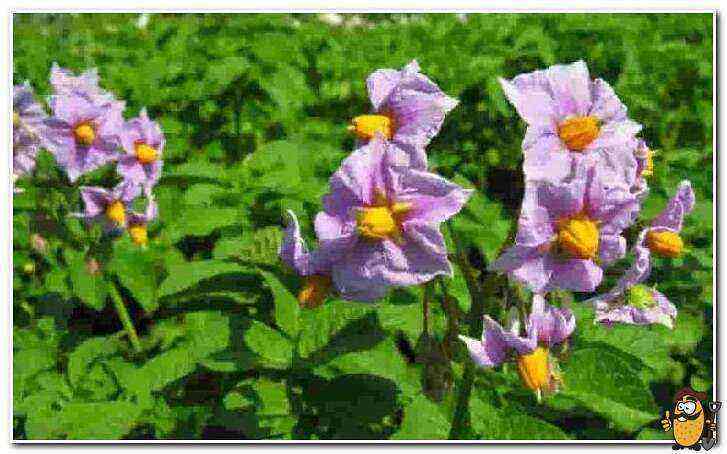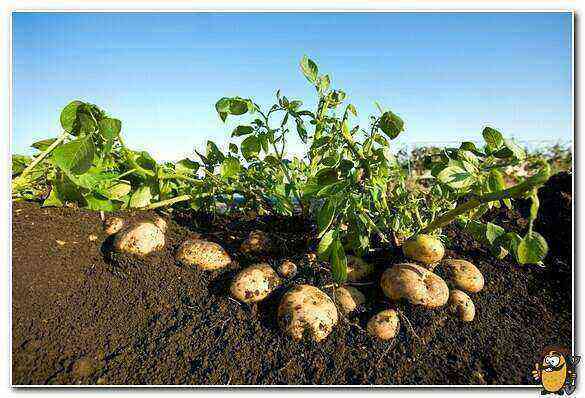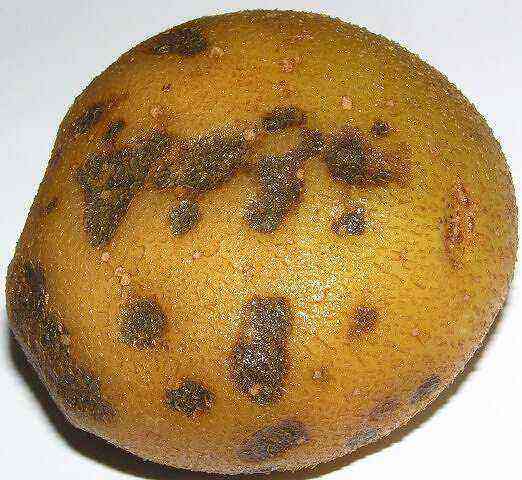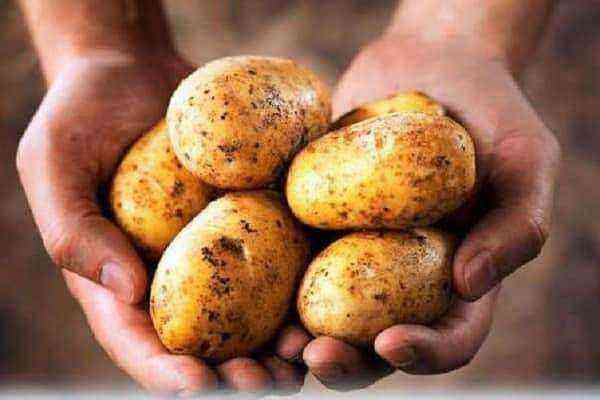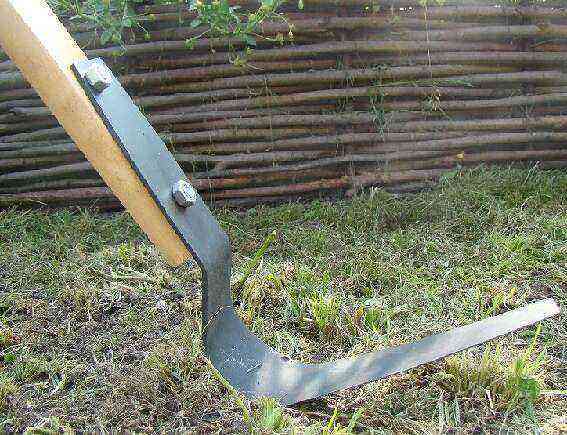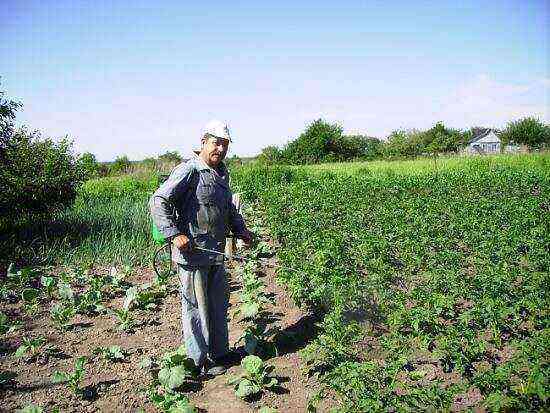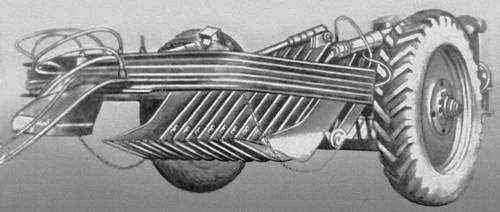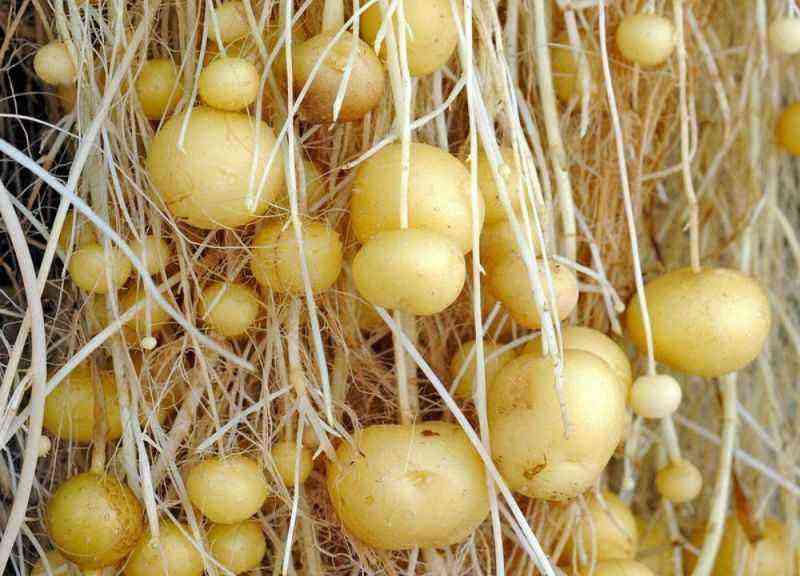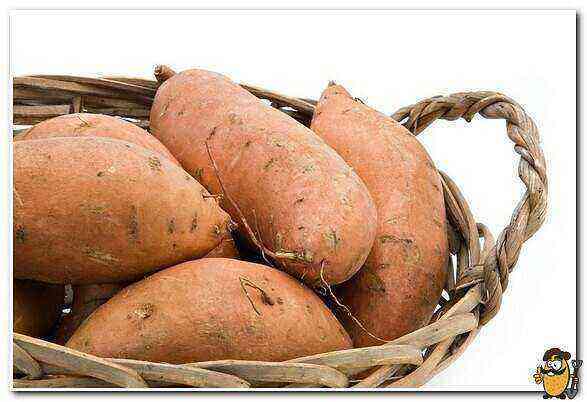Cultivation of potatoes on stony soils leads to significant wear of mechanisms and a large number of equipment breakdowns. When caring for plantings, harvesting and loading into storages, tubers receive numerous damage, which significantly affects the safety of the potato and its quality. For the cultivation of potatoes on fossilized soils, a technology is recommended that is based on the use of special agricultural machines: bed former – GRIMME Combi Star CS 1500; stony soil separator – GRIMME Shapeforma BSF 2000; potato planters – GRIMME GL 32B and a two-row potato harvester with a working width of 150 cm.
This technology makes it possible to use high-performance tractors of the MTZ 1221 class when planting, caring for plantings and harvesting, to reduce energy consumption during combine harvesting by reducing the volume of separated soil by 38-44%, to reduce the consumption of planting material, to reduce soil density as a result of minimizing the processing, to increase marketability and quality of potatoes. Ridge technology is especially effective on excessively moistened soils, the use of which makes it possible to increase the yield of potatoes by 17-25%. If the field on which it is planned to grow potatoes is heavily littered with stones, then in the fall, after autumn plowing, stones ranging in size from 5 to 30 cm are harvested with special stone pickers with a working width of 4 to 6 meters. Stones are removed from a depth of 10-12 cm.
In spring, ridges are cut with a bed former with a trench depth of up to 60 cm. The working width of stone separators is 1 or 3 ridges. Large stones are collected in a special bunker and transported to the edge of the field. Small stones less than 5 cm in size are placed on the bottom of the trench and rolled by the tractor wheels. The soil is separated to a depth of 30 cm. Potatoes are planted with special 2-, 4- or 6-row planters with simultaneous dressing of tubers, formation of volumetric ridges 30-35 cm high and embedding of tubers 15-18 cm from the top of the ridge. The working track is 180 cm, the distance between rows in the ridge is 75 cm, between the rows is 105 cm. The planting density depends on the purpose of potato cultivation. For food purposes, it is enough to plant 35-40 thousand tubers per hectare.
3-5 days after planting, when the soil has completely settled, a soil-acting herbicide is applied. Subsequent inter-row treatments are completely excluded. Before harvesting, the tops are burned with desiccants. The system of fertilization, protection of plantings from pests and diseases is the same as in the cultivation of potatoes with a row spacing of 70-75 cm.
The use of this technology makes it possible to obtain high yields of excellent quality potatoes on the soil littered with stones. At the same time, the soil to the depth of the arable horizon is significantly freed from stones and in such areas in subsequent years it is possible to successfully grow both grain and row crops and industrial crops.
